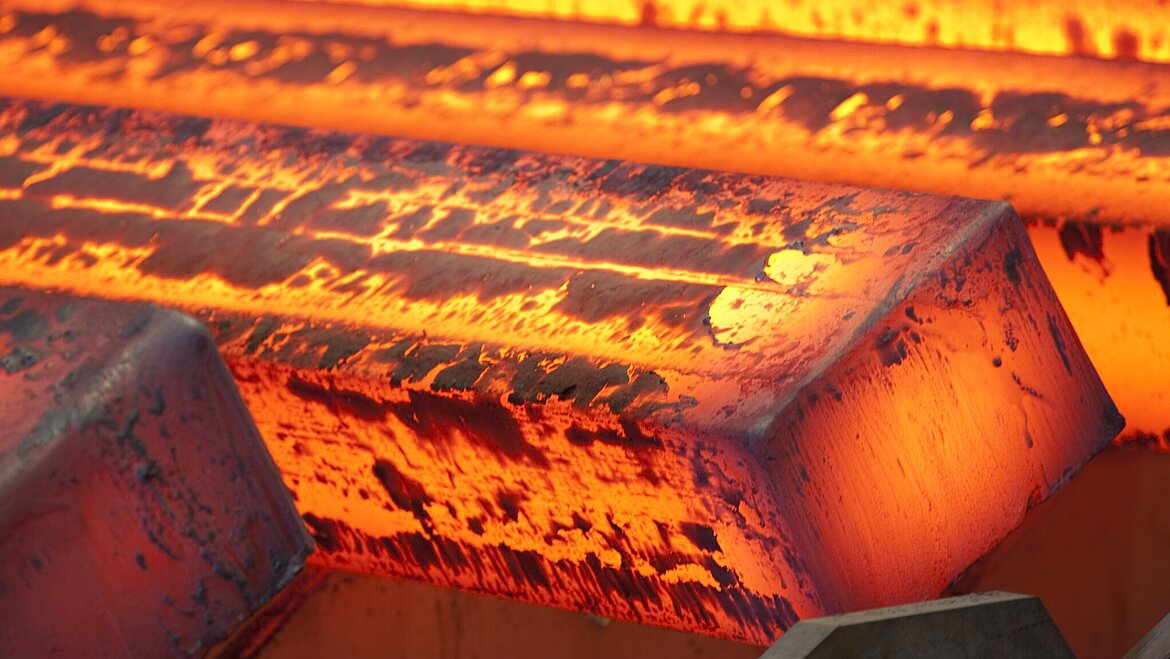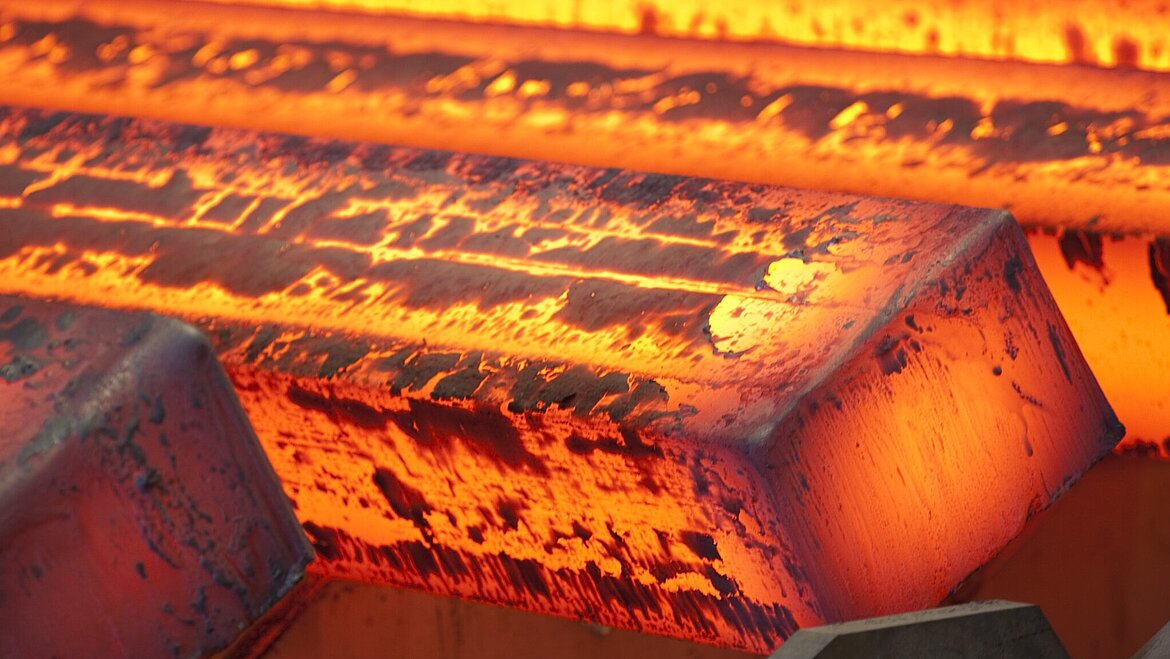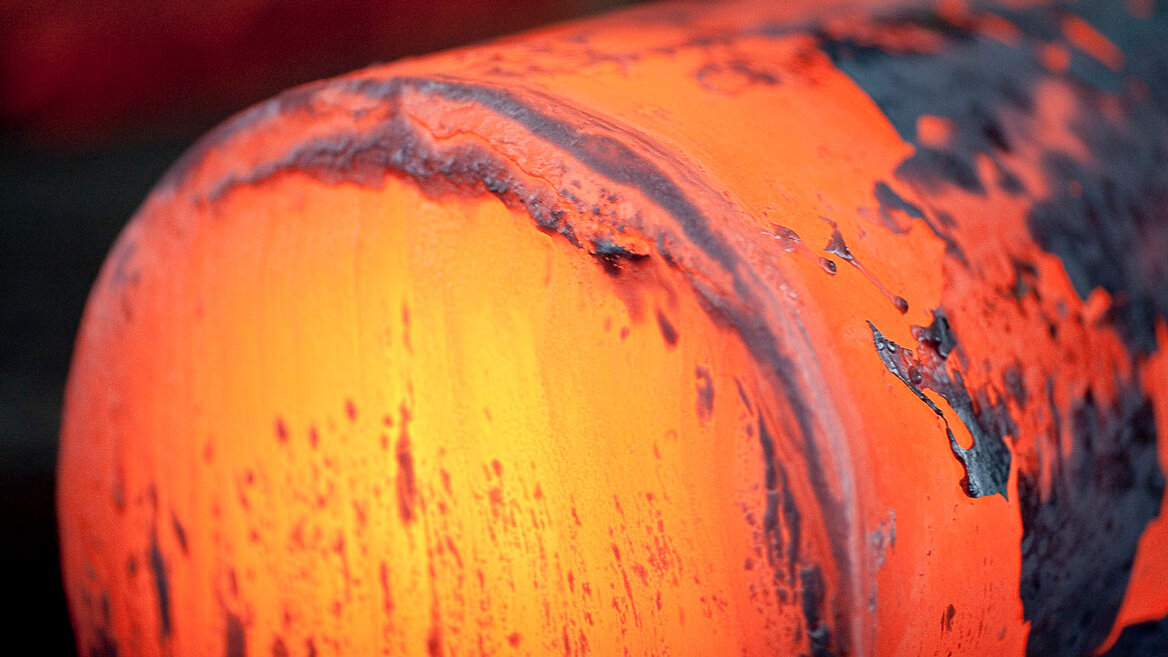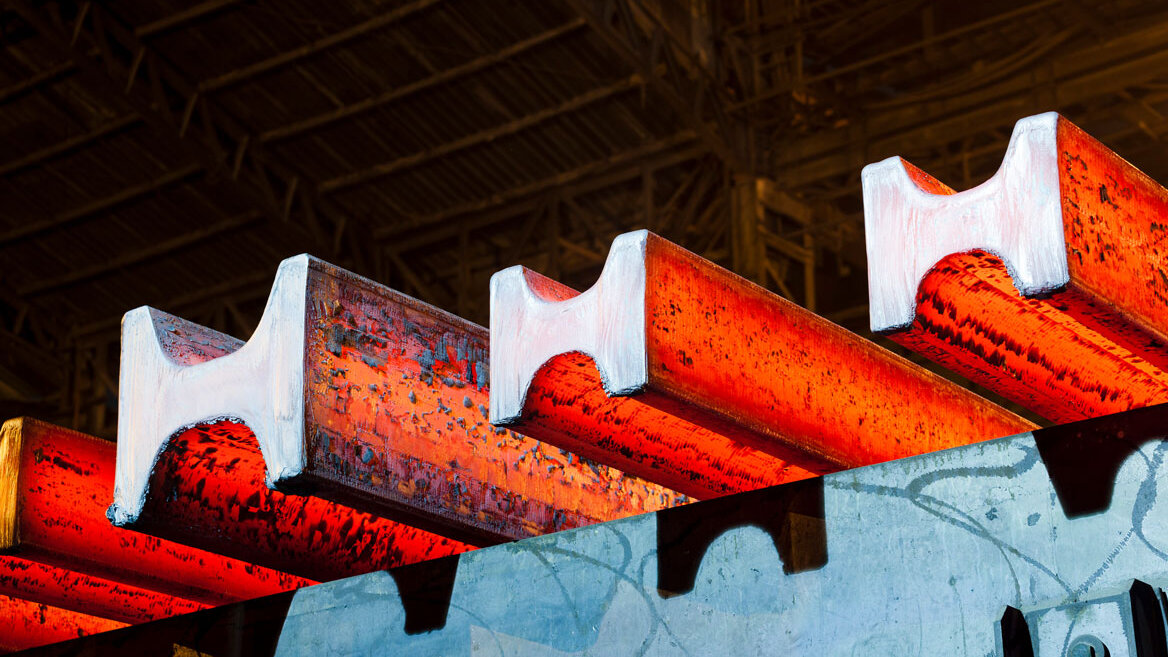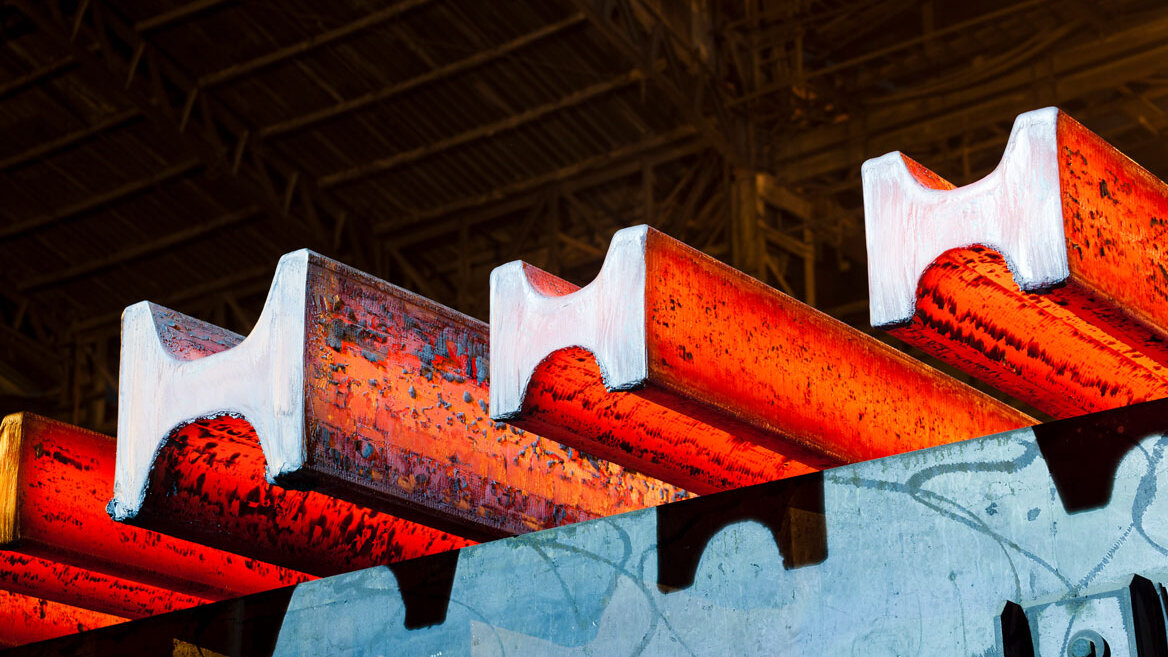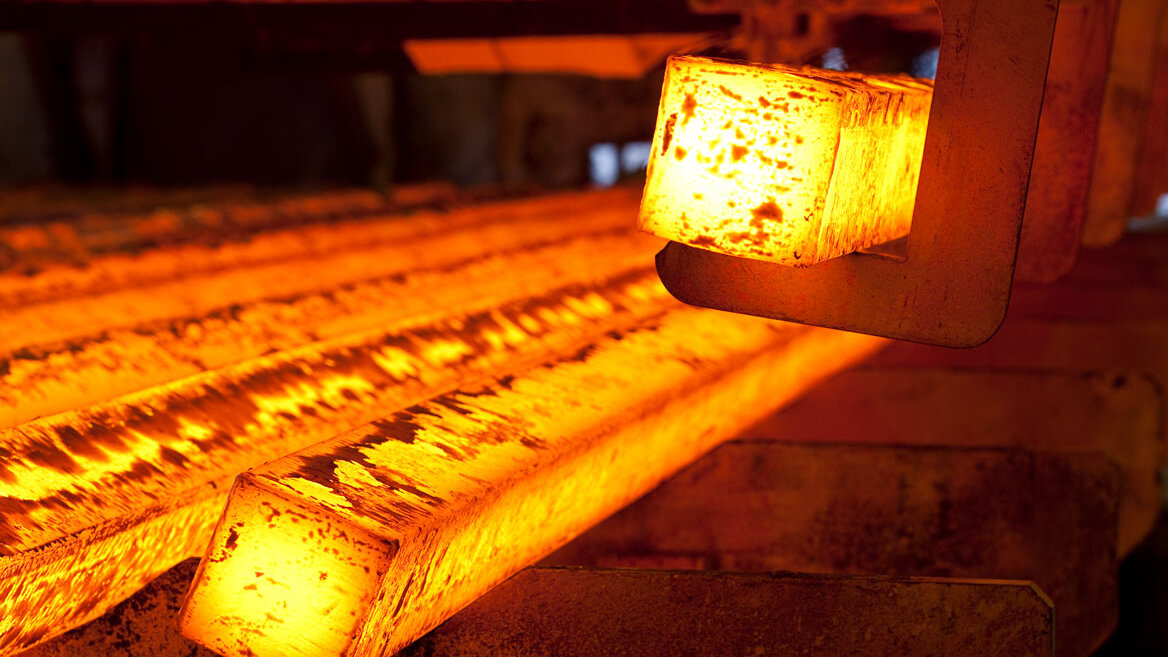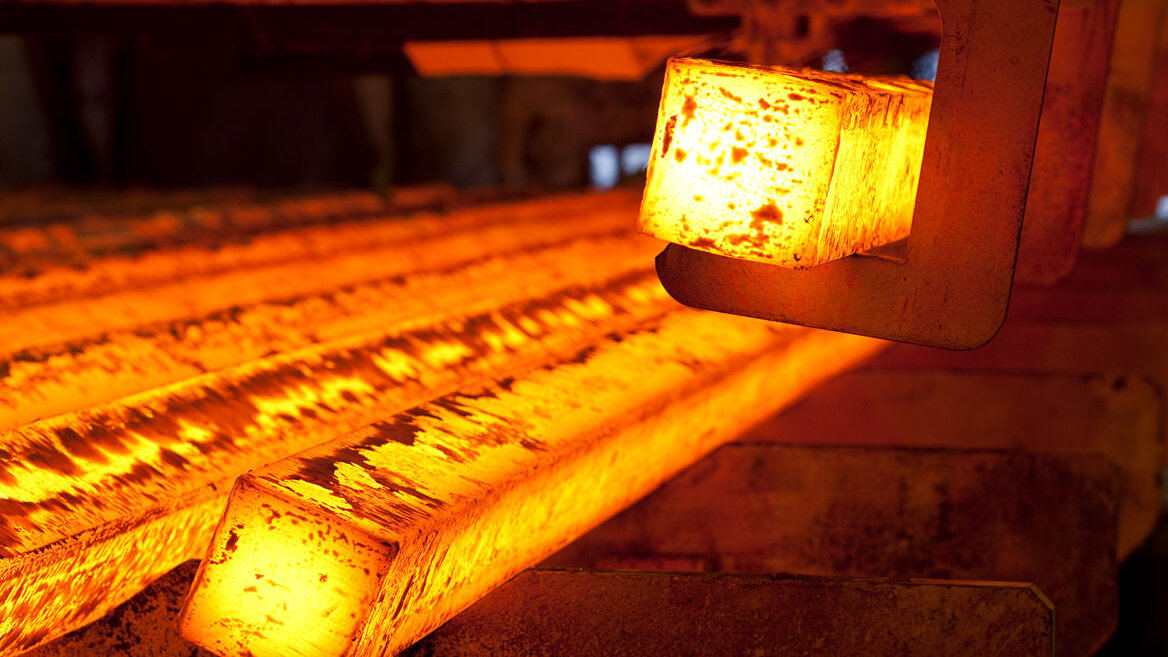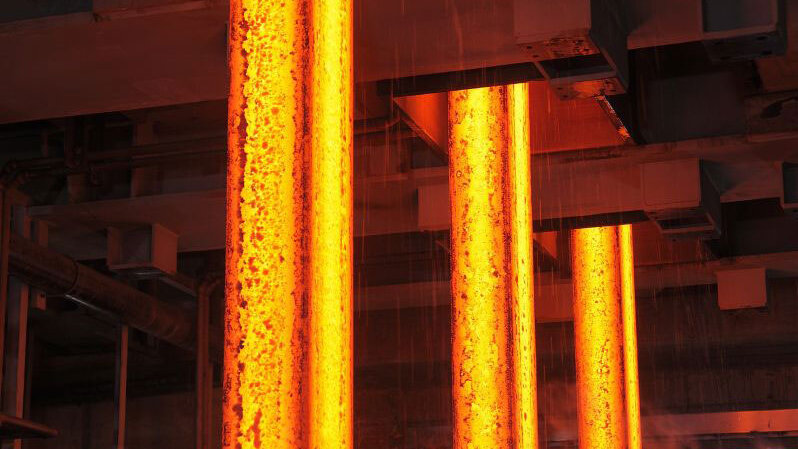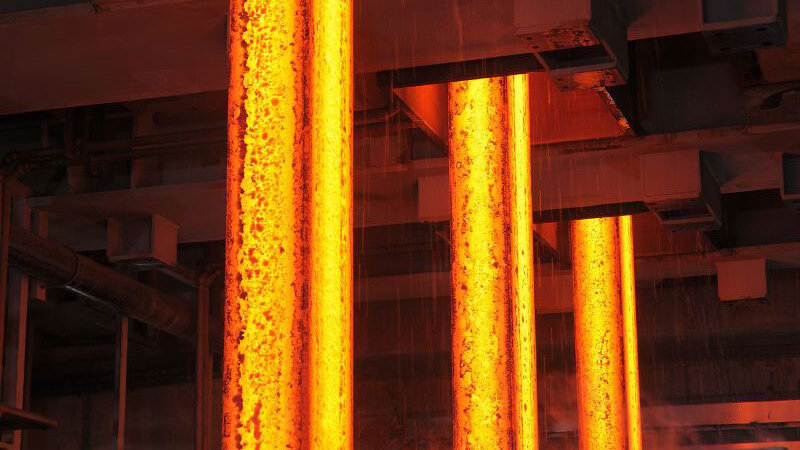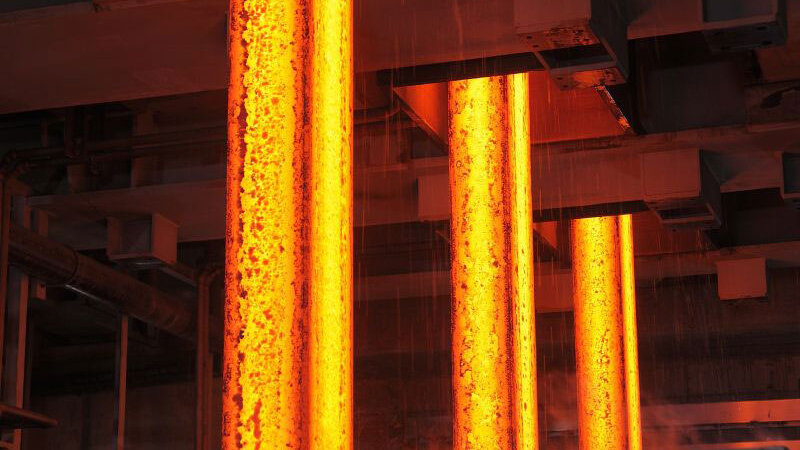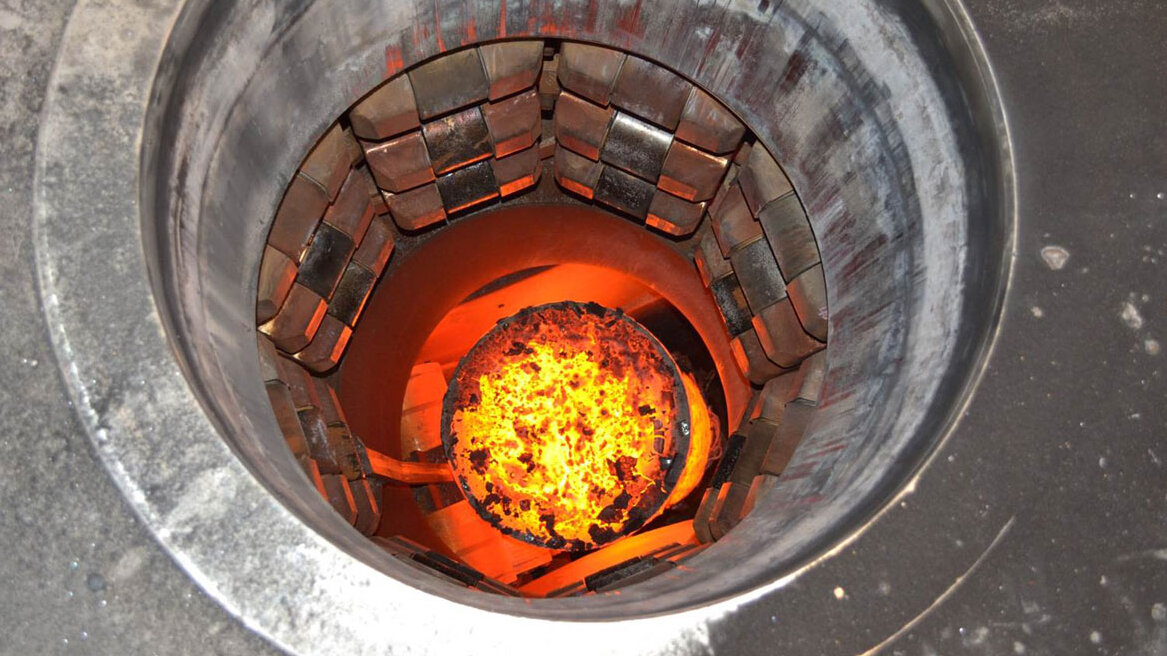SMS Concast has been instrumental in developing continuous casting technologies and enjoys the leading technology and market position in this field worldwide for casting of billets, blooms and beam blanks. Mold innovations such as CONVEX Technology® and INVEX® Technology, electromagnetic stirrer systems, near net shape and large section casting are just some of the outstanding developments in this field. They enable casting the level of quality required for each steel grade and section size, whilst meeting the casting speeds according to the required productivity.
Apart from billet casting the trend towards larger bloom sections is reflected both in beam blanks as well as rectangular or round blooms. Recently, we were able to produce blooms with diameters of up to 1000 mm using bow type continuous casting technology, something that could previously only be achieved with ingot casting.
In this context, SMS Concast has enlarged its expertise of bow-type continuous casting machines to vertical casting and vertical semi-continuous casting technology both apt for large sections.
Standard (bow-type) casting
SMS Concast took part in the invention of the bending-type casting in 1956. As a pre-stage of the bow-type caster it already brought big advantages compared to vertical casting by reducing the construction height by at least 30%. SMS Concast also was strongly involved in the next step, helping make one of the first curved mold casters work on industrial scale. Since then SMS Concast delivers benchmark-setting curved casting machines for rebar and special steel bar (SBQ) production and sections starting from 85mm sq. billets up to 1000mm diameter blooms!
Vertical casting
All curved continuous caster require the unbending of the curved strand into the straight horizontal direction. Depending on section size, caster radius, casting speed and steel grade this unbending process lead to stresses and high strain and strain rates within the just solidified strand shell. In case of critical steel grades this unbending and straightening process result in cracks either on the surface of the strand of at the solidification interface.
These problems can be overcome by pure vertical casting, since in the casting process any stresses and strains due to unbending is avoided.
The vertical casting process can be implemented either as full continuous process for the higher productivities or as semi-continuous casting process.

